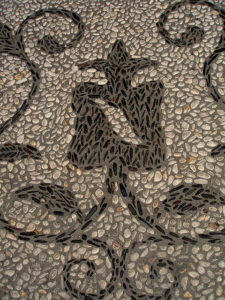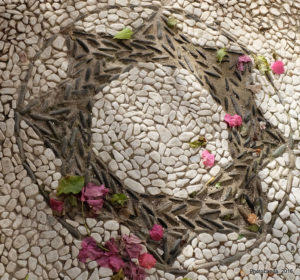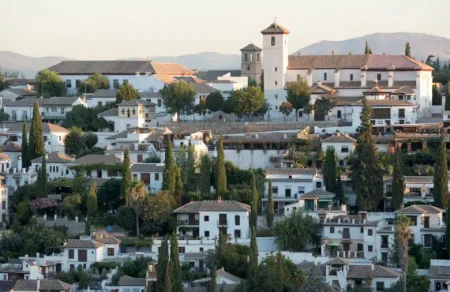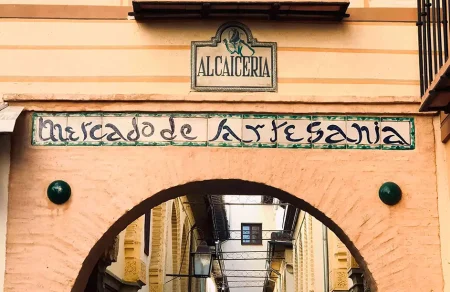Today, we’re going to tell you about a pretty paving technique that any visitor in Granada will see, as it’s been used across our city and can be easily-spotted on its streets.

What is the foundation for this paving or mosaic?
The surface upon which this craft is made should be smooth, with a layer of dry cement on top. To create the pattern for the mosaic, they just had to draw on the layer of sand left behind by the cement. To begin the pattern, you need to select black and white stones to create a well-defined design. The stones should be round, because any other shape would be very uncomfortable to walk on. Normally, these round stones were taken from the rivers. Each of these stones is laid by hand, so they should be well-fixed and at the same height. When the artists finish laying the stones, they’re pressed so they are like they should be. The mosaic is then re-covered with a layer of sand and a small amount of cement, to which a good amount of water is added.

If you look down at the ground while wandering around Granada, you’ll see that the majority of these cobbled designs are floral, natural or geometric. However, there are also some which feature people.
As we mentioned before, this technique from the Greeks and the Romans extended across the Mediterranean. Nevertheless, many places stopped using it, while in Andalusia it has been maintained until today, as we’ve shown you in the previous photos. The curious aspect of this art is that in Greece, they’re bringing it back and have begun to create mosaics in historical places. Here, we’ll leave you with a short video of this Greek cobbling. Discover in this post, all the things to do in Granada.



